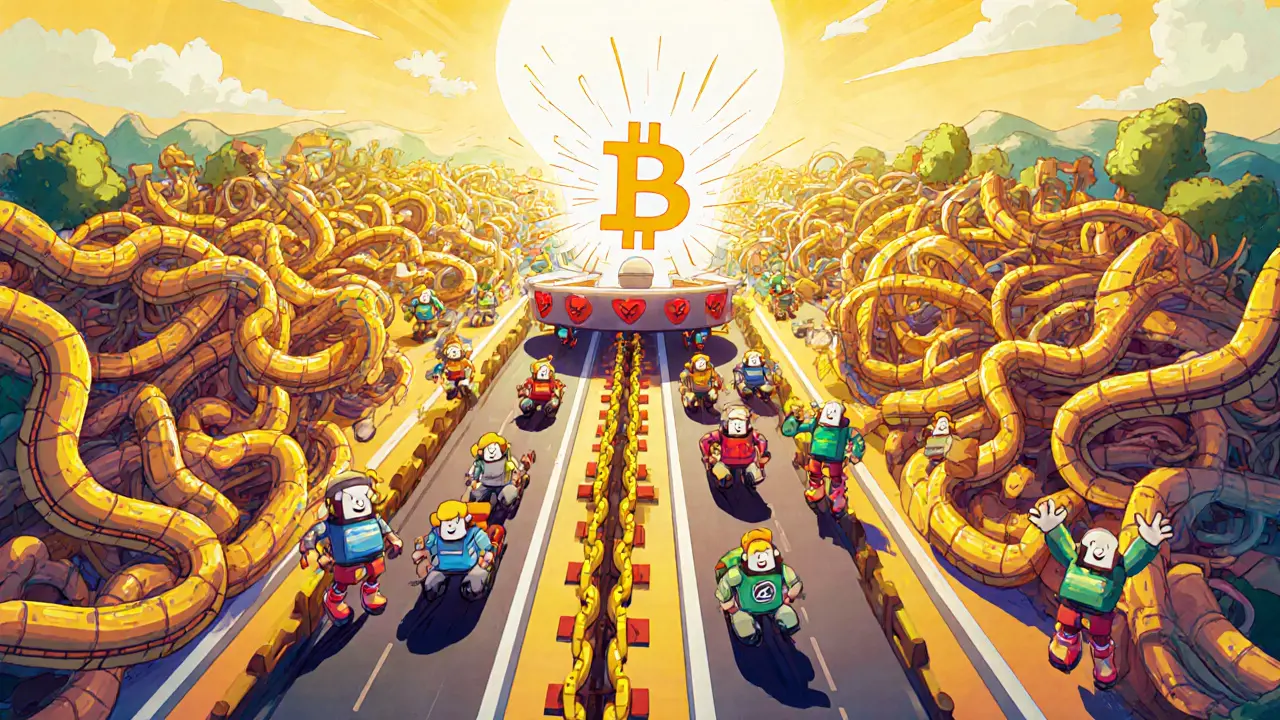Blockchain Sharding: How Splitting Chains Boosts Speed and Cuts Fees
When working with blockchain sharding, a method that breaks a blockchain’s state and transaction flow into several parallel pieces called shards. Also known as sharding, it lowers latency and reduces fees by letting each node process a smaller data slice. Blockchain sharding therefore expands throughput without sacrificing security.
Why Sharding is a Core Piece of Modern Scaling
Sharding sits at the heart of layer 1 scaling, the set of techniques that increase a base protocol’s capacity without adding external layers. It enables the network to handle more transactions per second, which directly benefits high‑volume platforms like crypto exchanges and DeFi protocols. At the same time, sharding works with cross‑chain interoperability, the ability for different blockchains to exchange assets and data smoothly. This partnership means a sharded network can move tokens to other chains faster, making airdrop distribution and token swaps more efficient. Another related concept is rollups, off‑chain aggregators that batch transactions before posting them to the main chain. While rollups compress data, sharding spreads the load, so together they form a powerful scalability stack. In short, blockchain sharding encompasses multiple shards, requires coordinated validators, influences layer‑1 performance, and enables cross‑chain asset flow.
For anyone tracking exchange reviews, airdrop guides, or DeFi trends on MasFlowChi, understanding sharding helps make sense of why some platforms boast near‑instant trade execution while others lag behind. Projects that adopt sharding often report lower gas costs, smoother token distribution during airdrops, and better liquidity on decentralized exchanges. As the crypto landscape keeps expanding, sharding will be the silent engine that keeps transactions cheap and fast, whether you’re swapping tokens on a CEX, staking on a DeFi app, or claiming a new NFT airdrop. Below you’ll find a curated list of articles that dive deeper into these topics, from exchange security to tokenomics, all viewed through the lens of a sharded future.
What Is Blockchain Sharding? A Simple Guide to Scaling Crypto Networks
Learn what blockchain sharding is, how it boosts scalability, real‑world examples like Ethereum and NEAR, and the challenges you need to consider.
